Was Mahler right to change what Beethoven wrote?
mainWelcome to the 90th work in the Slipped Disc/Idagio Beethoven Edition
String Quartet No. 11 in F minor op. 95 ‘Quartetto serioso’ (Arr. Gustav Mahler for String Orchestra)
In the first week of April 1897, the week that Gustav Mahler arrived as a conductor at the Vienna Opera, Gustav Klimt and other artists broke away from the establishment Kunstelerhaus to form a modernist Secession group. Mahler became director of the opera six months later, just as Klimt raised enough money from his wealthy sitters to build a gold-topped Secession building in the heart of Vienna, a symbol of all that was progressive in the fin-de-siècle. Mahler, at the opera, proclaimed war on encrusted traditions, dismissing them as slovenly. Artist and conductor were driving in the same direction.
In March 1902, Mahler married Alma Schindler step-daughter of one of Klimt’s closest associates, Carl Moll. The following month, Klimt opened his 14th exhibition at the Secession, a show dedicated to the modern representation of Beethoven in art. Mahler launched the exhibition by conducting his own arrangement of a theme from the closing chorus of Beethoven’s Ninth Symphony. This reduced score was regarded as an outrage, consuming acres of newspaper space and giving the Secession the best lift-off Klimt could possibly have wished for.
Klimt proceeded to raise the noise by several notches. The centrepiece of the show was a sculpture of Beethoven, heroic but half naked, by the German symbolist Max Klinger. Beethoven had such mythical status in German culture that the idea he ever inhabited a human body was itself unimaginable and his nakedness was too exciting for words. Around 60,000 visitors rushed to see it over the next three months. Klimt’s idea appears to have been to reduce the sacred veneration of great artists by reminding the public that they were creatures of flesh and blood.

Howls of outrage resounded; even the Emperor Franz Josef was said to be upset. And there was worse when people raised their eyes to the ceiling. Klimt had painted a frieze around the upper walls of his Secession building depicting mostly naked women and, at its centre, a heroic knight in golden armour, a man whose features were unmistakably those of Gustav Mahler.
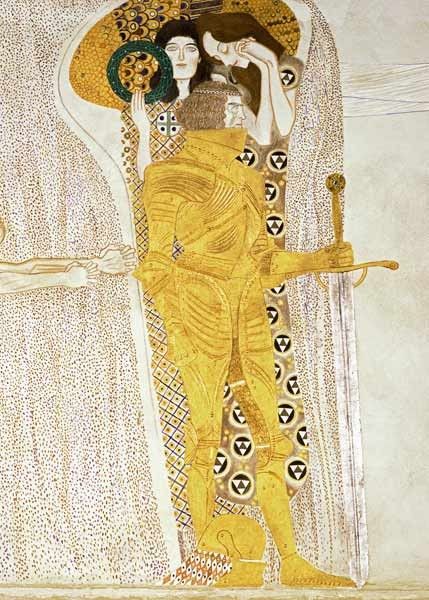
The outrage quadrupled. That a controversialist like Mahler should command centre stage at an exhibition notionally about Beethoven was too much for polite opinion to bear. Conservatives demnded an end to all this tampering with Beethoven. Mahler had already been ousted as conductor of the Vienna Philharmonic following complaints from some players at his ‘ retouches’ – creative revisions – to Beethoven’s sacral scores and, in particular, to his expansion of a movement of Beethoven’s 11th string quartet into a suite for full string orchestra.
To tamper with Beethoven, they declared, was to desecrate holy writ. Mahler replied that all art was experiment and he was merely extending the process that Beethoven began. His expansion, as you can hear, is no great improvement on the original. Was it worth doing? Mahler thought so at the time but he did not persist in performing it.
Beethoven’s 11th string quartet is his last before what are known as the late quartets. It bears many of their traits of seriousness – hence the name – and questing into infinity, but it is generally warm-toned and surprisingly short, given the wealth of melodic ideas. We reach the third movement before hearing anticipations of the headlong rush into oblivion that characterises the late quartets and the world beyond worlds that Beethoven inhabits in his final agonies.
Beethoven knew he had stepped in this seminal work beyond the bounds of public comprehension, telling the Englishman Sir George Smart that it ‘is written for a small circle of connoisseurs and is never to be performed in public’. Despite his reservations, there is deep consolation to be derived from the closing Larghetto movement. It is also by no means the most difficult of his quartets to play. At least one major conservatory applies it as the work by which all student string quartets are trained and tested.
I have already surveyed this quartet in his series three months ago, but the Mahlerian context and the period of lockdown have prompted some further thoughts that I want to share.
The earliest recording of the 11th quartet is by the Busch Quartet – Adolf and Hermann Busch, Gösta Andreasson and Karl Doktor – at Abbey Road in 1932. It is a touchstone in its own right, nicely crafted, moderate in tempo and unfailingly in tune. Exemplary performance of a different order is found in the Alban Berg Quartet’s recording almost 60 years later – much quicker and with a near-obsessive attention to tonal beauty. A little on the cold side? That’s a matter of taste. If it’s cuddly warmth you’re after, without a reduction of serious mien, try the Amadeus.
My own inclinations incline to the 21st century where three young quartets set a totally different pace and perspective. The Belcea (2011), built around Corinne Belcea-Fischer, exude nervous energy, impatience and a rebellious dissatisfaction with all that has gone before. The Artemis, all-German in its 2005 formation, invest the work with shadows of German history, so much so that one could easily imagine the finale having been written, or at least performed, in January 1945. It is a gravely unsettling intepretation, and therefore cherishable.
Alongside this pair I love the vast confidence expressed by the Quatuor Ebène – Pierre Colombet (Violin), Gabriel Le Magadure (Violin), Marie Chilemme (Viola), Raphaël Merlin (Violoncello) – in a 2019 Australian recital, where the finale becomes an ode to optimism, a different hemisphere, a better civilisation. Mahler – and Klimt – would, I suspect, have appreciated their logical positivism.
–

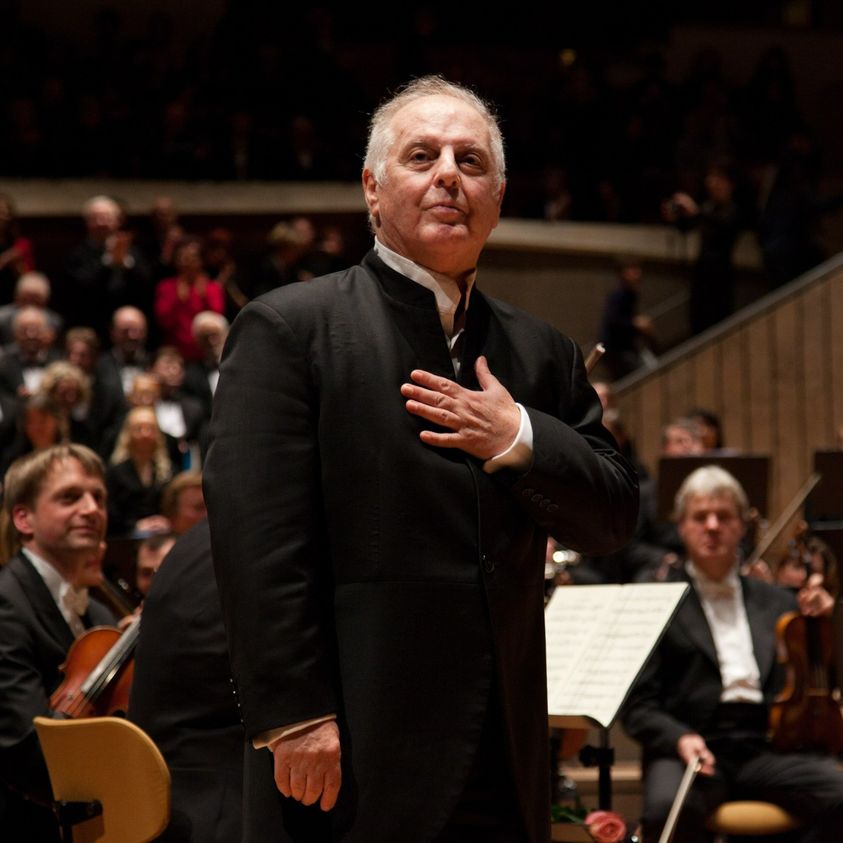
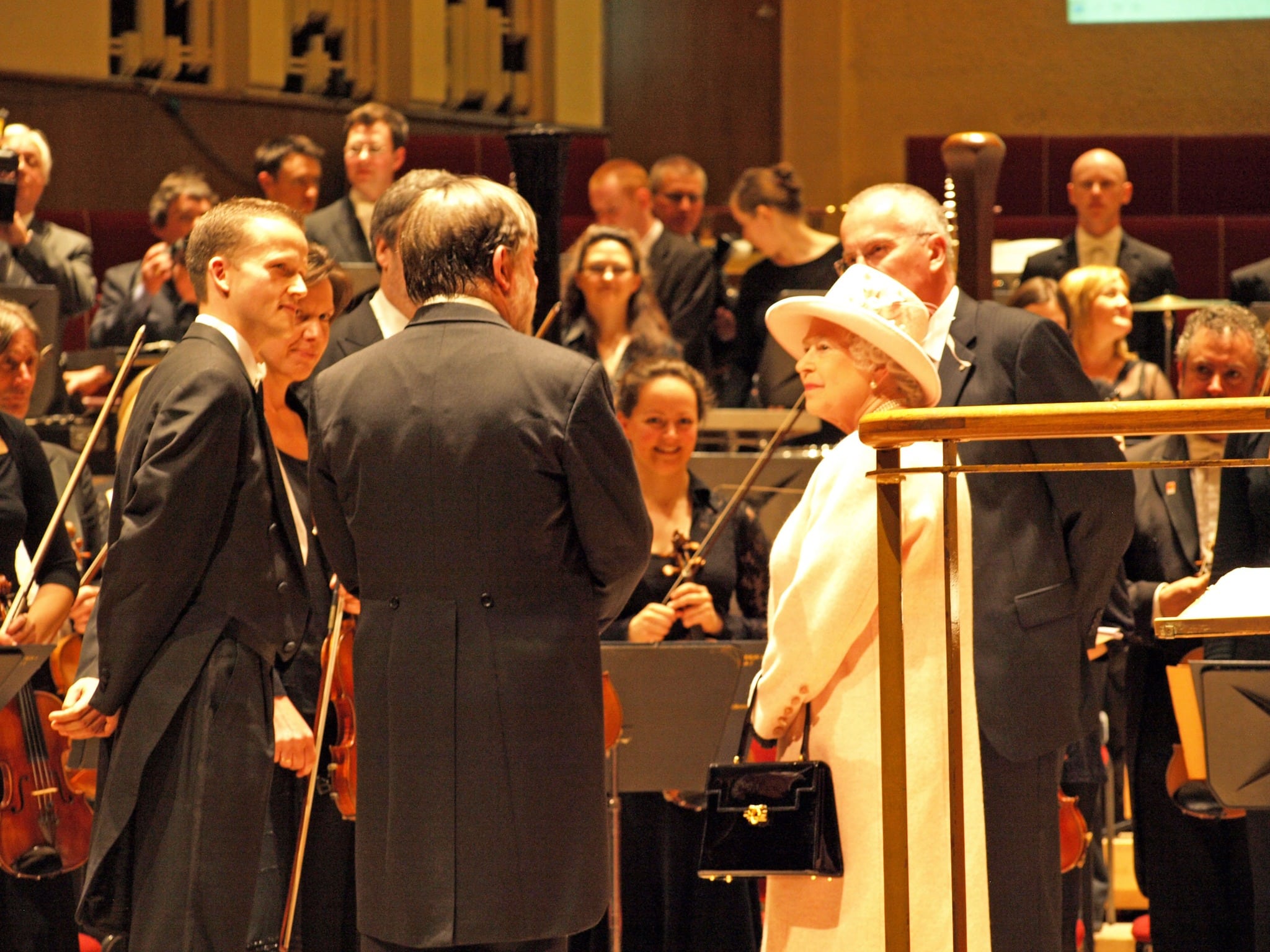
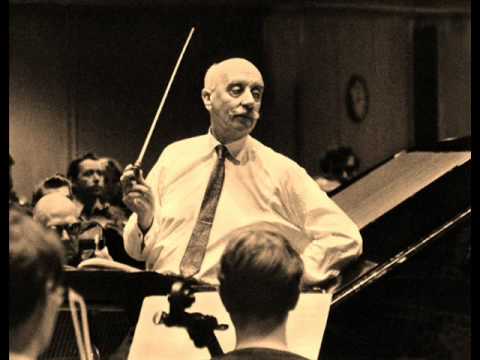
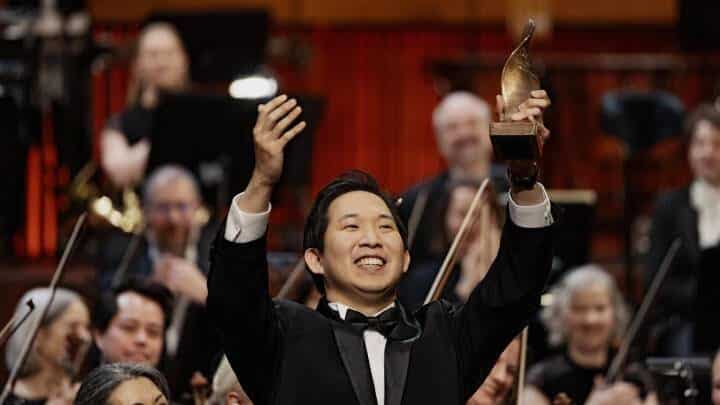
The pubs in this country employ 476,000 people and contribute £23 billion. The people that work there don’t get DBE’s and get payed less. Making nonsense claims only generates hostility.
If indeed the knight’s features are supposed to be those of Gustav Mahler, his namesake Gustav Klimt gave him an unwarranted nose job! This is the painting: https://i.pinimg.com/originals/b2/6c/90/b26c90cfbd3227c8f619a9e088e0e39d.jpg
And this is Mahler’s actual profile: https://www.concertgebouw.nl/media/cache/full_width_image/media/image/image/gustav-mahler-w.a.-van-leer-nmi-f5157-1280×608.jpg
That bloke holding that blue ring looks like actor Robert Powell to me,funnily played mahler in the Ken Russel film.creepy.
Jayley: Ken Russel’s Mahler film – while not my favourite of his composer films (my favourite is the Delius film) is a piece of genius, especially when depicting Mahler’s obsessive taphophobia (!)
That ‘Mahler film’ is the apotheosis of bad taste and populist sentiment.
I accidently saw it during a Mahler festival, and the only reason I saw it out was that behind us a group of elderly ladies were gasping in shocked indignation at every turn of the plot in a very expressive way.
Thank you for this. The Mahler version works well, but so does the original, and one might say the expansion is not necessary. Composers have sometimes made truly valuable expansions of compositions – for example, though Mussorgsky’s Pictures at an Exhibition is a fine ( and very difficult! ) piano solo work, Ravel’s orchestration is a masterpiece in its own right, going way further in the colouring of the music.
Incidentally, I had thought that the “serioso” title of this quartet simply originated from Beethoven’s performance direction to the third movement – “Allegro assai vivace ma serioso” aptly, as you suggest, being applied to the whole. ( Not to suggest that there isn’t quite a bit of fun in this piece too. )
Mussorgsky’s Pictures at an Exhibition is a masterpiece. Ravel’s orchestration makes the same work sond vulgar, like a Ravel work.
Ravel’s work “vulgar”? Man, you need some psychopharmaca presto…
There is no work by Ravel that sounds vulgar, except Bolero (which Ravel never considered an important or even meaningful piece).
Ravel’s orchestration of Moussorgski is masterful but too refined for the music, in spite of his attempts to make it sound ‘Russian’, he put a layer of veneer over the fresh wood.
Ravel’s Bolero is anything but vulgar, if you mean Vulgar as in latin = Vulgaris = common.
It’s a work based on seduction, written to the dancer Ida Rubinstein.
Besides, if one pays attention, there is a contradicting fact behind this fascinating score; it’s a variation work – believe it or not. It’s about variation of colour and timbre. A sublimely orchestrated natural Crescendo, starting with a single flute, against a tapping military drum, followed by a clarinet, then a bassoon on the top of its register, then a piccolo clarinet, then an oboe d’amore, then again the flute, doubled by a sordinated trumpet, then a tenor sax followed by a soprano sax. Notice the time it takes before Ravel introduces the oboe, wich has a more penetrating sound, all while the pizzicati in the strings increase.
Just saying this: composers can always learn a lot from Ravel.
I beg to differ. The Ravel orchestration adds very little, if anything, to the music.
The original version works perfectly well.
Mister Tarak, remember: the Ravel make-up of Pictures was a commission from Koussevitzky and the bostoners. It could have died there, in 1922, but it became highly popular instead.
Pianists with great imagination for sound try to bring out a sort of symphonism when playing the original work. One of them even made his own orchestration = Ashkenazy.
“Ancient Airs and Dances for the Lute,” anyone?
Fine survey, however, the three classic versions- the Vegh’s (the second, 1970s recording), talich and the Italian quartets- must be mentioned- though some of them might not be currently available for streaming.
The Secession building is by Olbrich and was paid for by the father of philosopher Ludwig Wittgenstein, rich industrialist. And it is an awful and primitive building, as awful and primitive as Klimt’s freeze and all of his Jugendstil painting which offers an excellent example of how the categories of originality and aesthetic quality are unrelated. (It’s sentimental kitsch with ‘schmachtend’ women clothed in gold.)
At the time, artists wanted to liberate themselves from a restricted view of classicism, which was the accepted aestetics of the Bildungsbuerger, the well-to-do upper middle class, and of which the Ringstrasse had become the symbol. Younger generations loathed the Ringstrasse and all it stood for, Schoenberg and his friends loathed the audiences flocking to classical concerts and enjoying the new classical building of the Kunstmuseum on the Ringstrasse. But today, these symbols of ‘bourgeois bad taste’ are the jewels of Vienna and its Jugenstil experiments a fringe interest, not to speak of the developments that Schoenberg set in motion.
Recommended: Carl Schorske’s admirable book about 1900 Vienna:
https://en.wikipedia.org/wiki/Fin-de-si%C3%A8cle_Vienna
In this climate, Mahler injected new life into tradition, while agonizing over its expected desintegration. Much greatness and beauty got lost in those years.
The idea of all those rebelling young artists and thinkers, discussing their mutual hatred of the ‘suffocating, bad taste’ of the bourgeoisie in the sumptuous surroundings of the Viennese Kaffeehaeuser, which are now considered an unique cultural feature of the city, gives an indication of the mindset of the people who greatly helped the birth of 20C art and music. And politics: Leon Trotsky thought-out his plans in Café Central.
Also recommended: “Wittgenstein’s Vienna” by Janik and Toulmin. A magisterial work, in my opinion superior to Schorske’s in scope, ambition and accomplishment.
Olbrich’s building works, for me, in many of its details but not in its oppressive, windowless bulk. Likewise, many of Klimt’s secession works are wonderful — the landscapes and some of the portraits — but others not so much, the Beethoven frieze perhaps least of all.
Klinger’s portrayal of Beethoven is magnificent, but his composition gets swamped in fru-fru, what with the multi-colored throne and all.
What wonderful times, when people get upset and enraged about art. In other words, when they care.
Do you really believe Klinger’s intention was “to reduce the sacred veneration of great artists by reminding the public that they were creatures of flesh and blood”?
I would say this is the exact opposite. Beethoven is represented naked like a Roman Emperor or line a Greek God. When you see the statue in Leipzig you don’t have the impression to face somebody totally human….
I think you are right. B’s lack of clothing was meant to give him supernatural status. The multicoloured whole, which makes the monument more realistic, reduces the elevated effect a bit, giving the impression of Beethoven feeding the birds on a warm summer day.
https://www.reddit.com/r/classicalmusic/comments/9qe9u3/polychrome_marble_sculpture_of_beethoven_by_max/
Very pleased to see this fascinating arrangement mentioned. We all owe a great debt of gratitude to the composer David Matthews, also a very important contributor to the Cooke Performing Version of the 10th Symphony, who tracked down Mahler’s performing materials for the ‘Serioso’ in the Vienna Philharmonic Library.
I’ve conducted Mahler’s arrangement several times and taught it as well, and played the quartet original. Both work wonderfully. Beethoven would have surely understood the value of arrangements like this – he was not at all averse to transcriptions of his works for different forces, hence the version of his 2nd Symphony for Piano Trio among dozens of others.
Here is an essay written ahead of last year’s performance at Colorado MahlerFest:
https://mahlerfest.org/kenneth-woods-on-beethoven-arr-mahler-string-quartet-in-f-minor-op-95-serioso/
Great article.
The silence after the 1st mvt of the quartet always gives the impression as if smoke is still hanging in the air, as if after fireworks or a dramatic clash.
He added only some things for the double basses to do. This is hardly a rearrangement as George Szell did with Smetana’s Quartet 1 in which he added winds and brass.
Quite correct. Performing string quartet works with full string orchestra has been quite common for both the standard/contemporary repertoire. I would even suggest that the labeling of such as an “arrangement” is a misnomer. It takes very little effort to make multiple part copies and even to highlight on the cello part where the double basses should play.
I’d love to hear an expanded version of the Adagietto from his 5th Symphony for full orchestra, organ, onde martenot, and a countertenor choir.
Mahler said that he was giving in advance the authorization to conductors in the future to do all the orchestration changes they want in his works!
Yes, and some mellotrons too..
Mahler wrote an alternative or parallel version not a replacement. Why not?
There are circumstances that a accurate transcription is permitted.
In general I like to say to mr Mahler: Stick to your own works. Those of Beethoven are finished and perfect as he composed them.
How would you like it yourself is someone else was “perfecting” your works?
Arrangements aside, Mahler was working within a long tradition of “correcting” (or, less sententiously, touching up) scores of the masters, as he did for Beethoven, Schumann, and probably others.
And as for arrangements, consider Bach’s many arrangements of Italian masters: it’s a long tradition that working musicians seem to have accepted for centuries.
Mahler’s ‘touching-up’ of Beethoven etc. was meant to compensate for the ‘flaws’ of the old instruments, i.e. horns and trumpets, which by 1900 could play notes which were impossible in the old times. The current consensus rightly is, that these instrumental ‘limitations’ were logically part of the original musical vision and don’t need to be ‘corrected’ because they were not ‘wrong’.
I’m sorry but I think this platform is not the place to make judgments about whether Mahler was right about his arrangement of Beethoven’s work.
It’s not your judgement to make! Either enjoy or don’t listen.